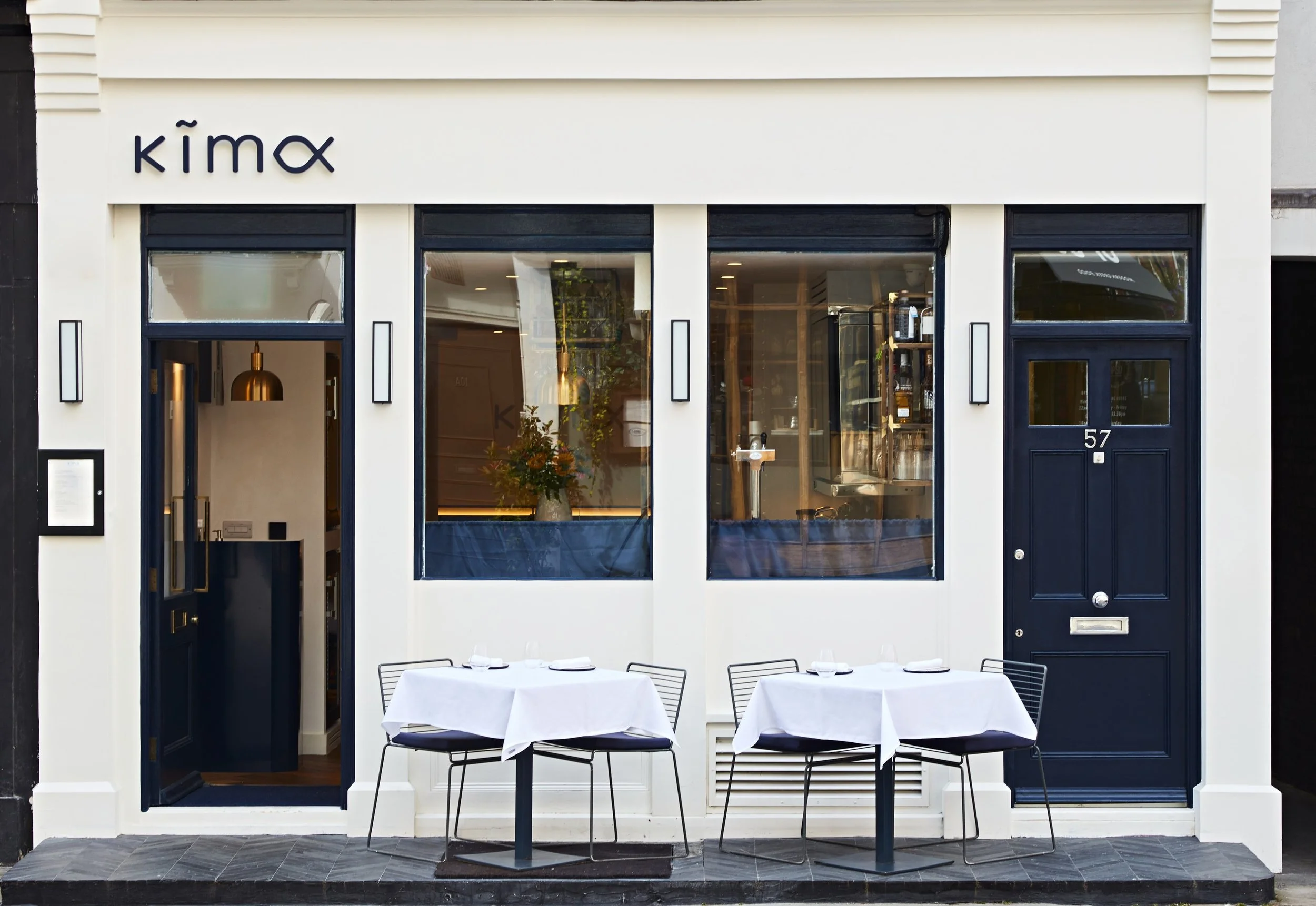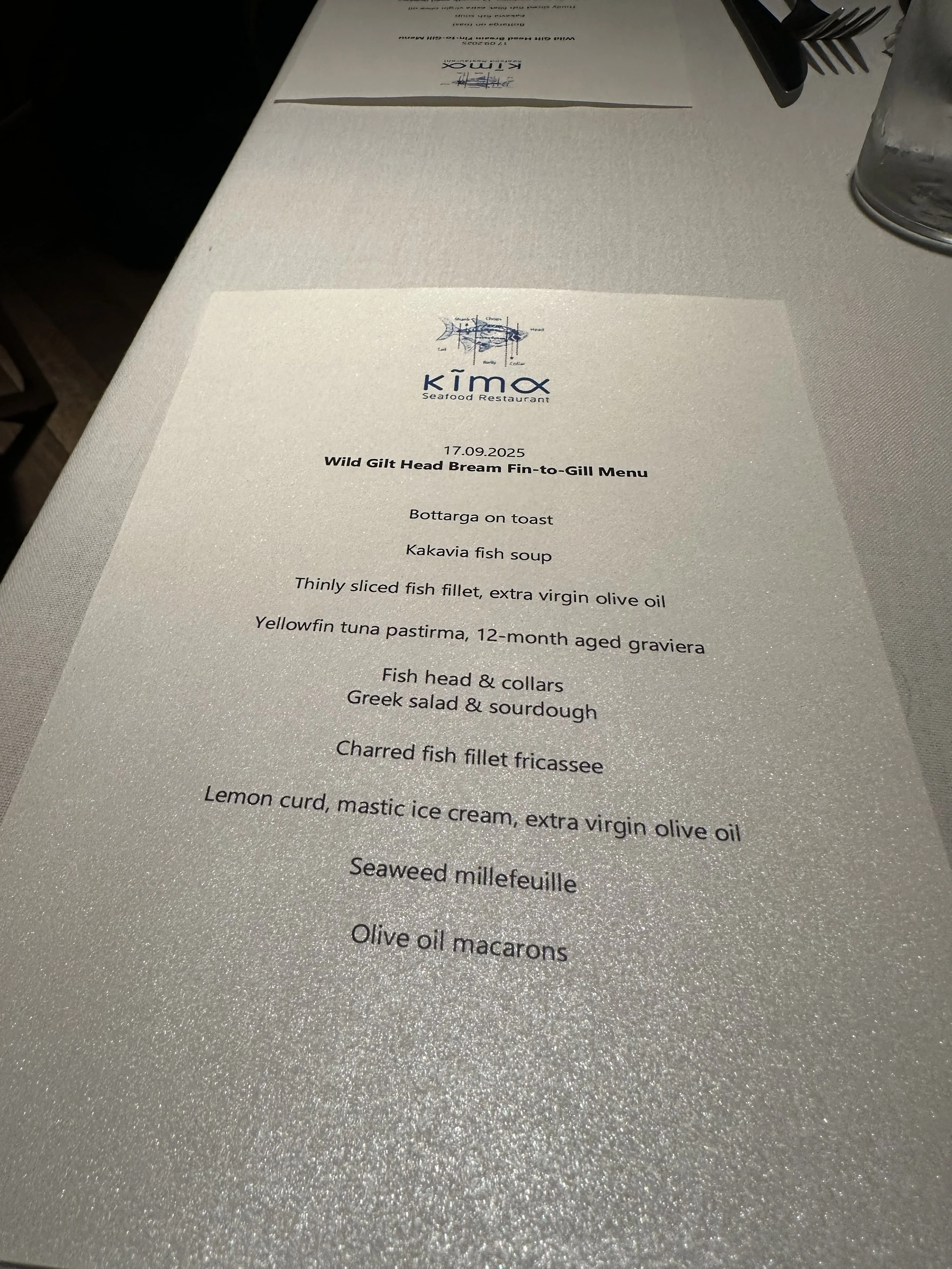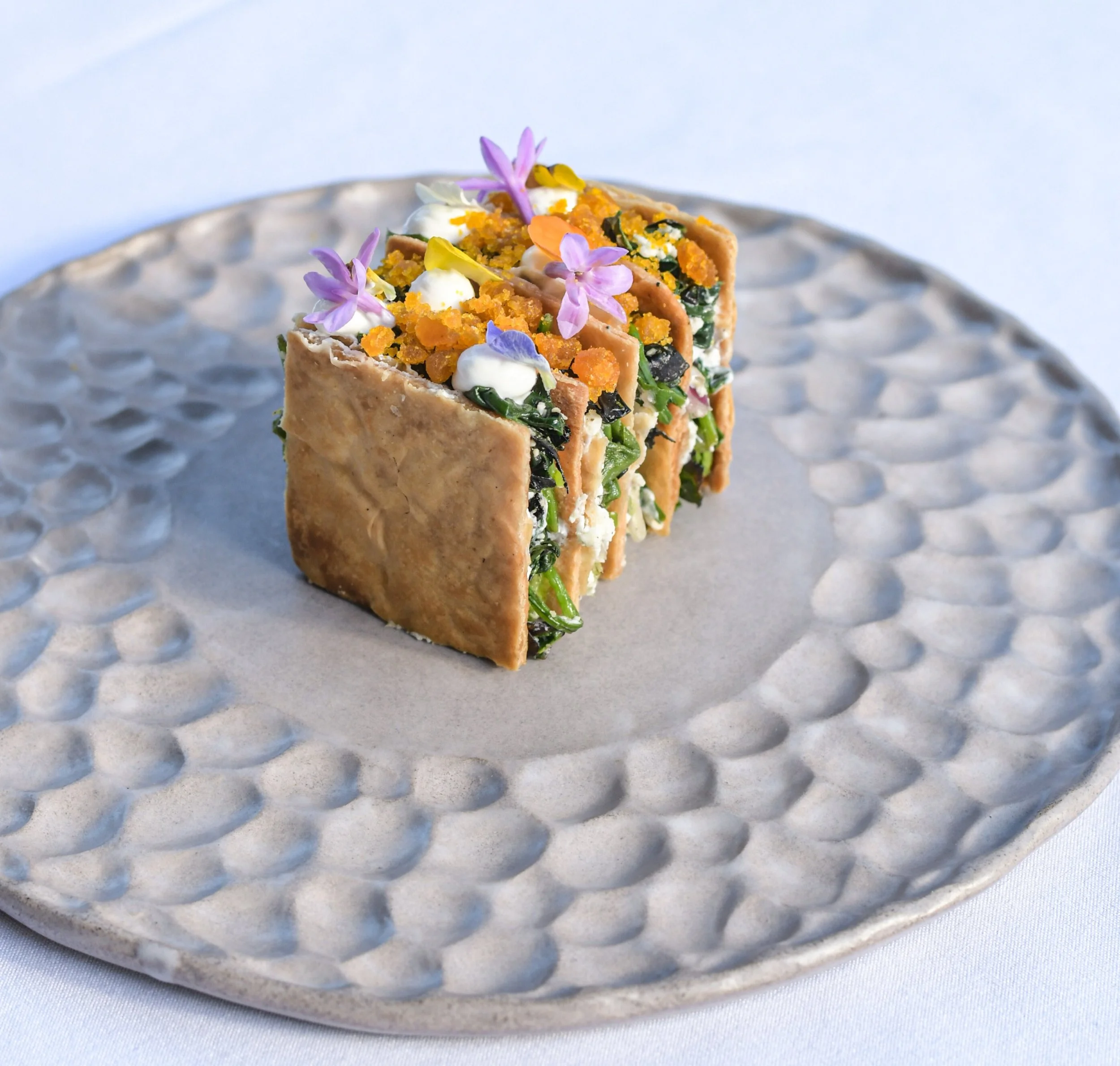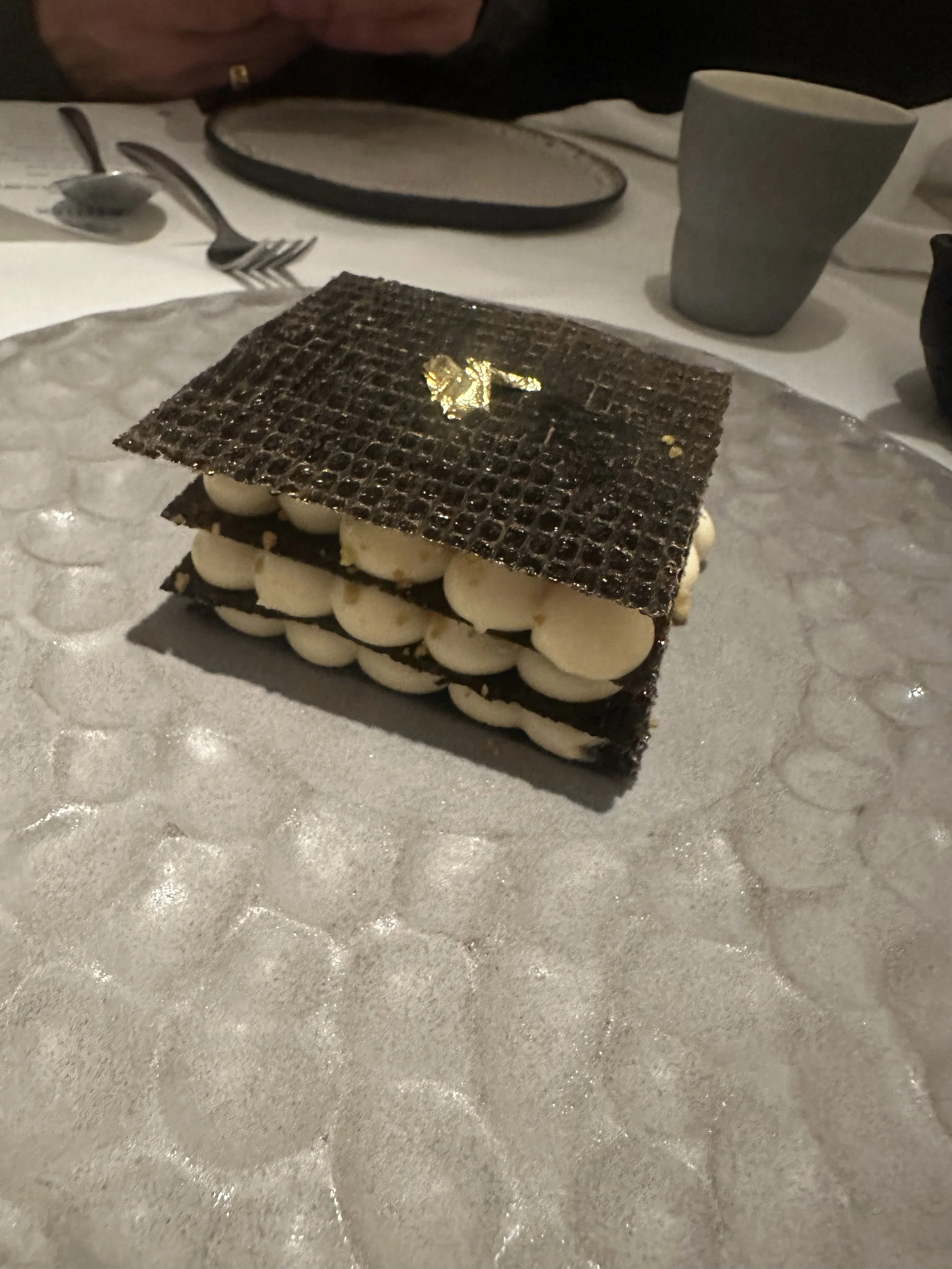A new tidal wave on London’s dining scene? The fin-to-gill menu
While nose-to-tail dining is at an all-time high, there’s a current of fin-to-gill dining arriving in London. I tasted the change at whole-fish pioneer Kima (Greek word for wave) in Marylebone, and for everyone’s sake hope this is a tide here to stay.
The bigger picture
A hunk of fleshy seabass fillet for dinner? Actually, we’ve got bigger fish to fry. Across the capital, chefs are moving beyond the classic cut and embracing fin-to-gill cooking. Instead of sticking to a fillet and tossing the rest like there’s no tomorrow, cheeks, collars, tails and other less familiar — and often more nutritious — parts of the sea creature are finding their way onto menus.
We’re so comfortable with the term “nose-to-tail” now – worn across restaurants from St. John to Hawksmoor almost as a badge of honour – that we might take it for granted, much like “seasonal ingredients” or “natural wines”. But this wasn’t always the case. Before culinary powerhouse St. John blessed Farringdon and beyond with its experimental and influential cooking, with chef Fergus Henderson coining the phrase in the 1990s and publishing The Whole Beast cookbook, you’d be hard-pressed to find offal toast, pig’s trotter, or roasted bone marrow frisked out of kitchens as readily as they do today.
Despite the prospect of not chucking away most of an animal killed for our consumption feeling slightly obvious, this type of cooking was something of a revelation at the time. Going against the grain of the meat industry, it was a reminder that sustainability often means looking backwards – reviving practices from a time when local fishermen or farmers wouldn’t dream of discarding so much, long before industrialisation streamlined supply into fillets and chops.
Henderson may have only been looking through a historical lens, but the impact on modern cooking was profound. And there’s a satisfying harmony when what becomes fashionable also makes entire sense: eating more of each animal means fewer wasted resources, and ultimately, fewer animals slaughtered.
Where nose-to-tail is now second nature for meat, the limelight has shone less on the same concept for seafood. But some restaurants in the capital are popping up to shift this tide – including Grecian Kima in Marylebone.
Tasting the menu at Kima: What to expect?
I recently sampled the seven-course fin-to-gill tasting menu at Kima, which opened doors in 2023. Here, Greek hospitality is at its best, chic and calming interiors mirror the relaxed clientele and atmosphere, and a creative, exquisite menu is cooked by chef Nikos Roussos and his team, of acclaimed sister restaurant OPSO opposite.
The experience began with a visit to the fishmonger’s tank at the front of the restaurant, where freshly caught creatures lay ready for our selection. The idea is to pick one fish, which is then transformed into a series of dishes. For us, wild gilt-head bream became bottarga on crunchy toast with lemon curd and white chocolate, lightly cooked chunks in a traditional Kakavia soup, and roasted heads and collars served with Greek salad and fluffy sourdough. A seaweed mille-feuille followed, its airy cream layered between crisp, sweetened seaweed slices.
There was the sense that by challenging chefs to make use of the whole fish, larger culinary creative juices naturally flowed. Kima may be one of the first to champion this approach in London, but it won’t be the last – Great British Chefs even listed fin-to-gill as a key dining trend for last year. But the hope is this is a wave not ebbing away.
a TREND here to stay
Not only does Kima prove the fin-to-gill menu has arrived, but it also sets the standard for how it should be done: not as another passing buzzword, but as an experience that adds adventure, excitement, and most importantly, meaning, to dining.




